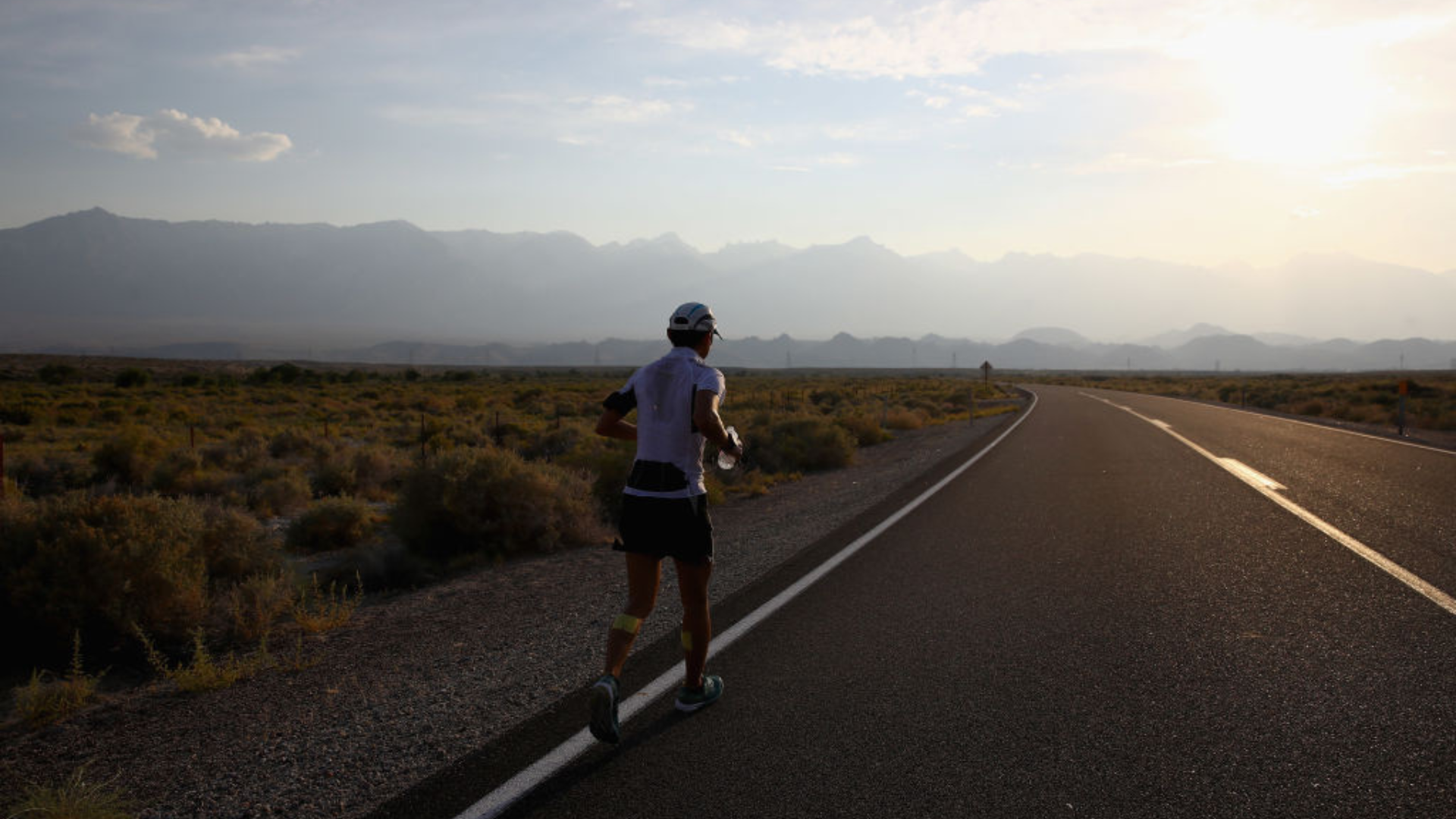Why is outdoor gear so expensive?
We take a look at some of the main reasons why your outdoor gear tends to cost a pretty penny, and how to keep your costs down when you’re shopping for new gear
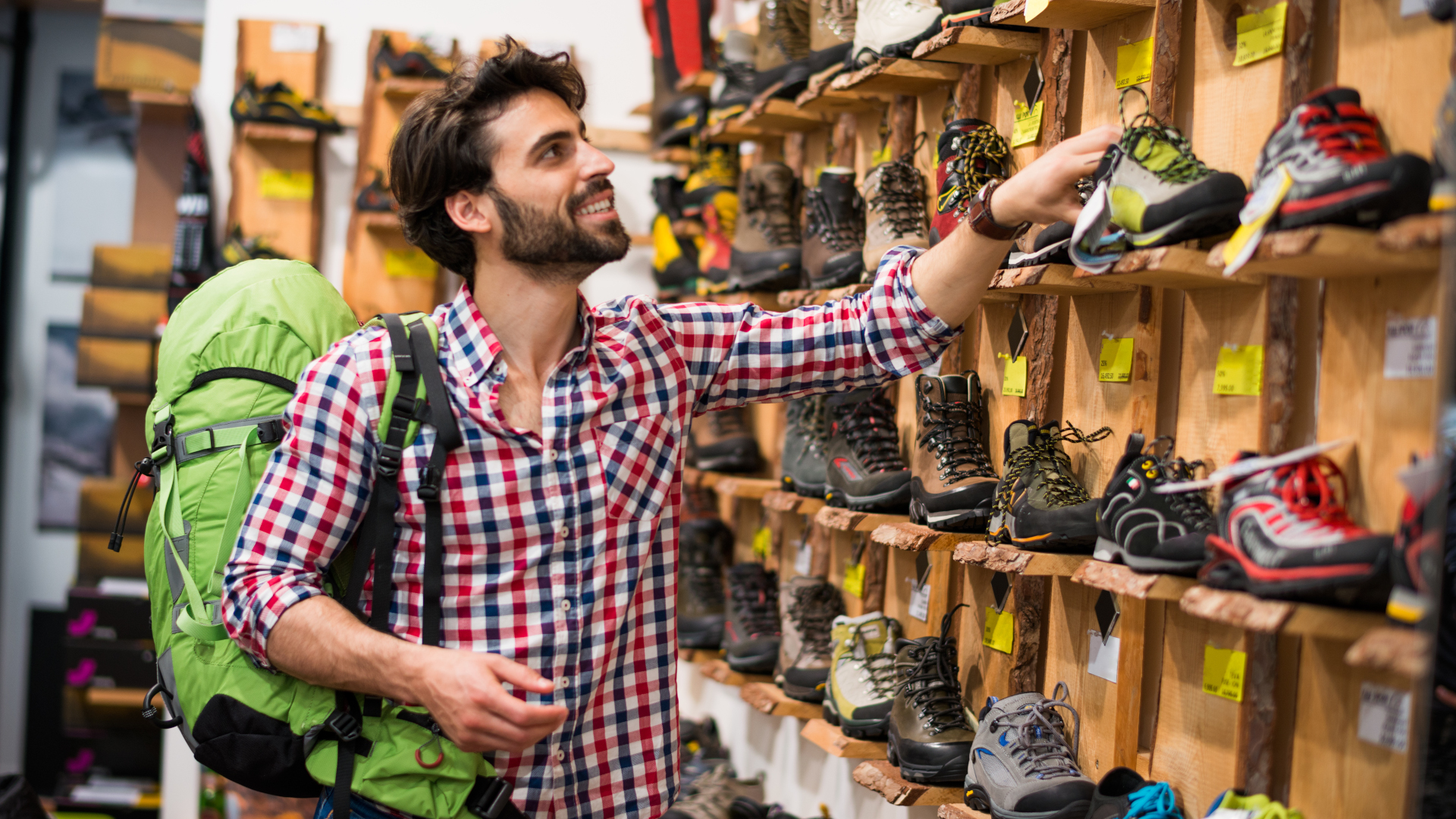
Why is outdoor gear so expensive? If you hike, camp, trail run or rock climb, there’s a good chance you’re asking yourself this very question. A backpack, a tent even a waterproof jacket – these items can all easily run to at least a week’s worth of wages for many of us.
As an outdoors journalist, I get to test out a lot of kit, from hiking boots and down jackets to tents and sleeping bags, and more often than not, the retail price is high enough to make me think long and hard about whether I’d pay for it – even after I’ve had the opportunity to test it and see how good it is.
The truth is, there are lots of reasons why outdoor gear costs what it does – much of it comes down to the use of higher cost materials and technical designs, while there’s always going to be an element of high-end brands ratcheting up their prices, well, because they can. In this article, we take a look at some of the main reasons why your outdoor gear tends to cost a pretty penny, and how to keep your costs down when you’re shopping for new gear.
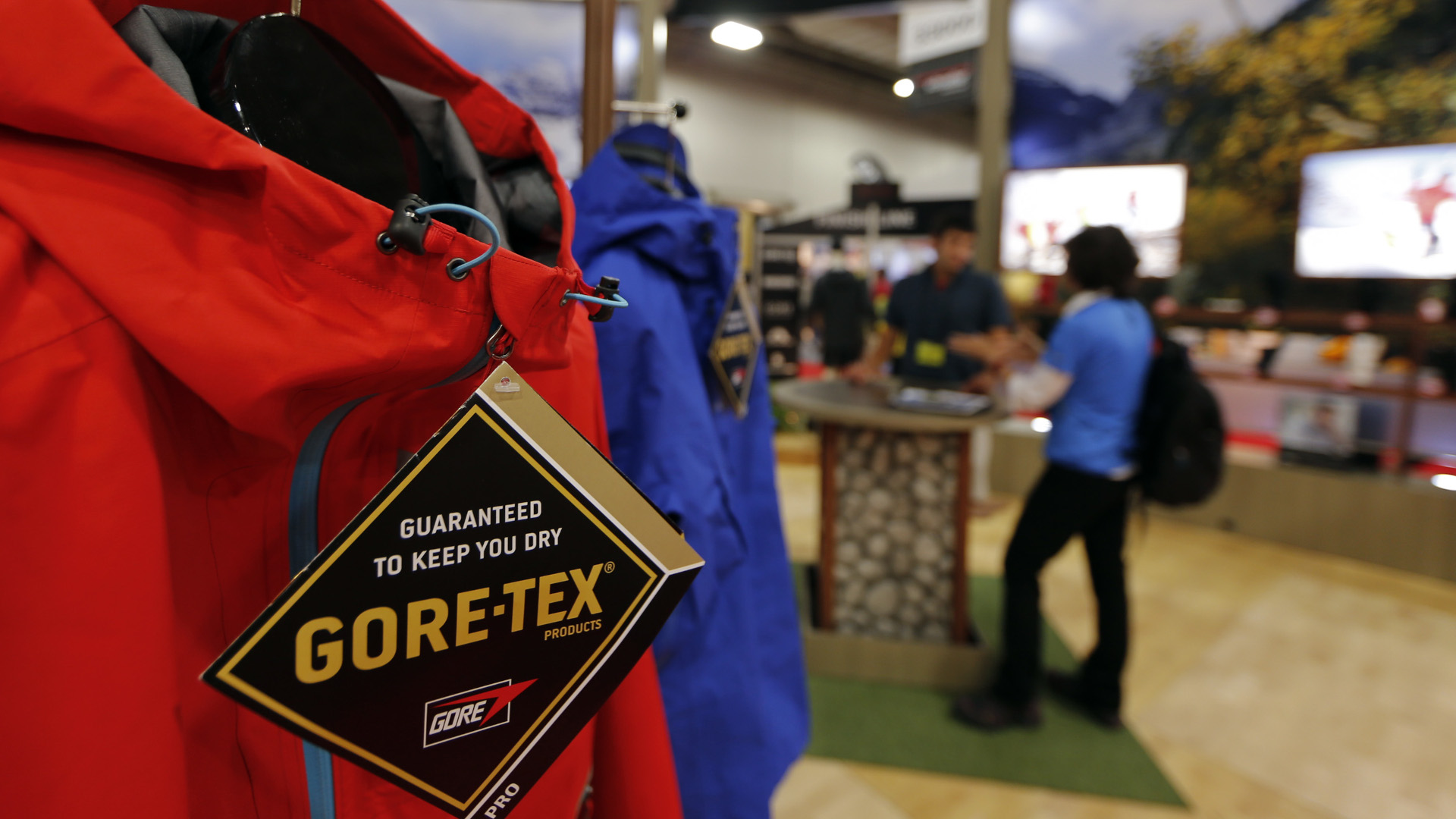
Technical design
Whether it’s a pair of hiking shoes or a two-person tent, your outdoor gear is designed for a higher level of performance than those street shoes or school backpack you can pick up on the high street. That means it needs to fend off the elements and heavy use and an incredible amount of detail goes into making sure that it does.
Waterproof jackets are a great example of gear that is extremely technical. Sure, you can buy a waterproof jacket from any high street fashion brand and it will keep out light rain when you’re walking to work, but take it up a hill on a wet day and you’ll probably end up soaked.
A technical waterproof jacket designed for hiking will have a breathable, waterproof membrane bonded to the fabric, taped seams, waterproof zippers and details like zipper garages and low-wicking barriers which I go into in more detail in my article on what makes a waterproof jacket waterproof. These details mean there’s more technical expertise required to design each jacket and more manpower and materials involved to make each jacket, and all of that adds up to a bigger bill for the consumer.
Outdoor gear, of course, can save your life, so while not every piece of equipment you buy needs to be the most technical piece of kit, you probably do want it to perform better than high street gear if you want to wear it or use it on the trails.
Advnture Newsletter
All the latest inspiration, tips and guides to help you plan your next Advnture!
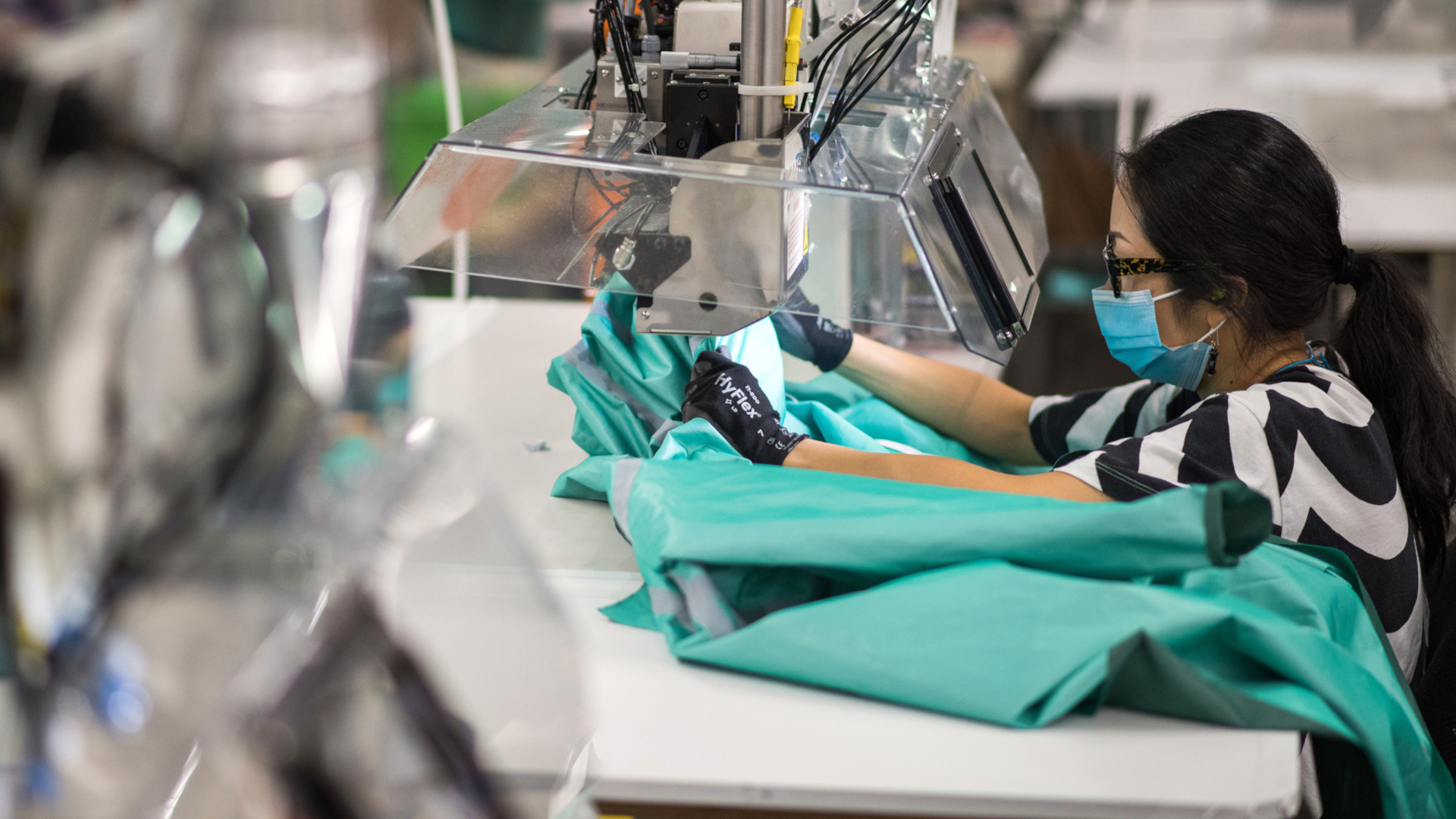
Testing and research
There’s a surprising amount of research and development that goes into designing a piece of outdoor equipment that’s meant to withstand the elements. A blueprint needs to be mocked up then undergoes rigorous lab and field tests to make sure it’s up to scratch before it hits the market.
All of that takes time, energy and manpower, but without it, you can end up with a leaky waterproof jacket or a tent that doesn’t stand up to the wind. Obviously once the initial research and testing has been performed, it doesn’t need to be done again as long as brands don’t change the design, but the initial research and development definitely factors into that eye-watering price tag.
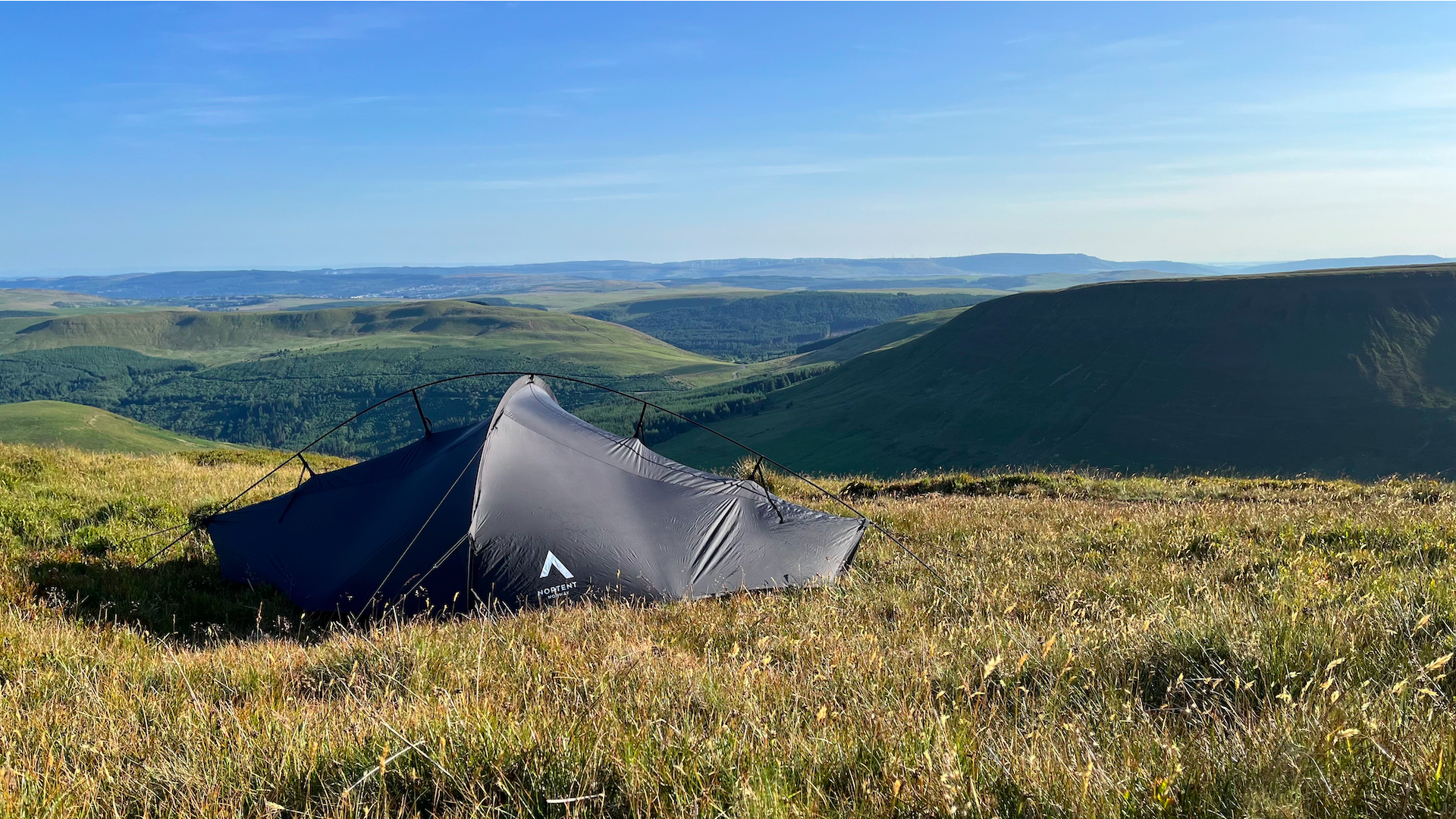
Durability
Unlike fashion clothes that you buy in high street stores and wear around town, your outdoor gear needs to be pretty rugged. It’s meant to withstand severe weather, overgrown trails, being stuffed into backpacks – basically, it needs to be practically bombproof or you’d have to replace it every few months. That means it needs to be constructed using high quality and expensive materials, which cost more than cheaper, mass produced materials.
Quantity
Even if outdoor gear is having a moment on the high street, thanks to Gorpcore, it simply doesn’t sell at the rate of fast fashion clothing. Part of the reason those jeans are so affordable is that they sell in the millions, which means the cost can stay lower, while an outdoor company might expect to sell far fewer pairs of hiking pants and needs to sell each pair at a higher price point to recoup their costs.
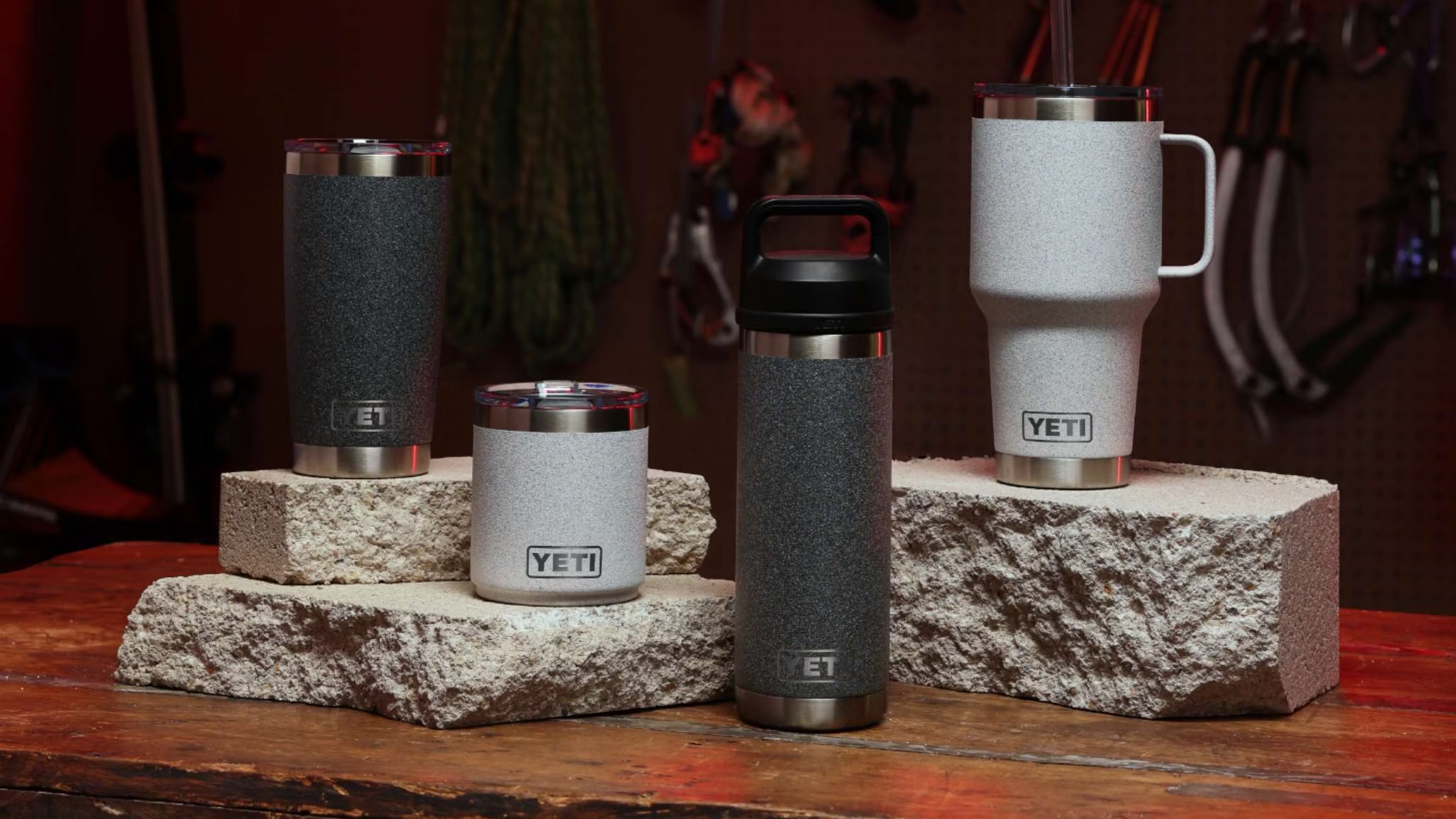
Branding and marketing
Finally, if we’re being honest, the more aspirational an outdoor brand (you know, Arc’teryx, Patagonia, Yeti), the higher their prices seem to be, and it’s clear that some companies add a popularity tax to their gear. This isn’t to say that Arc’teryx Beta Jacket or Yeti Hopper M15 Soft Cooler Bag isn’t a brilliant piece of gear – it is – but you might be able to get something similar from a slightly less hyped brand for a better price.
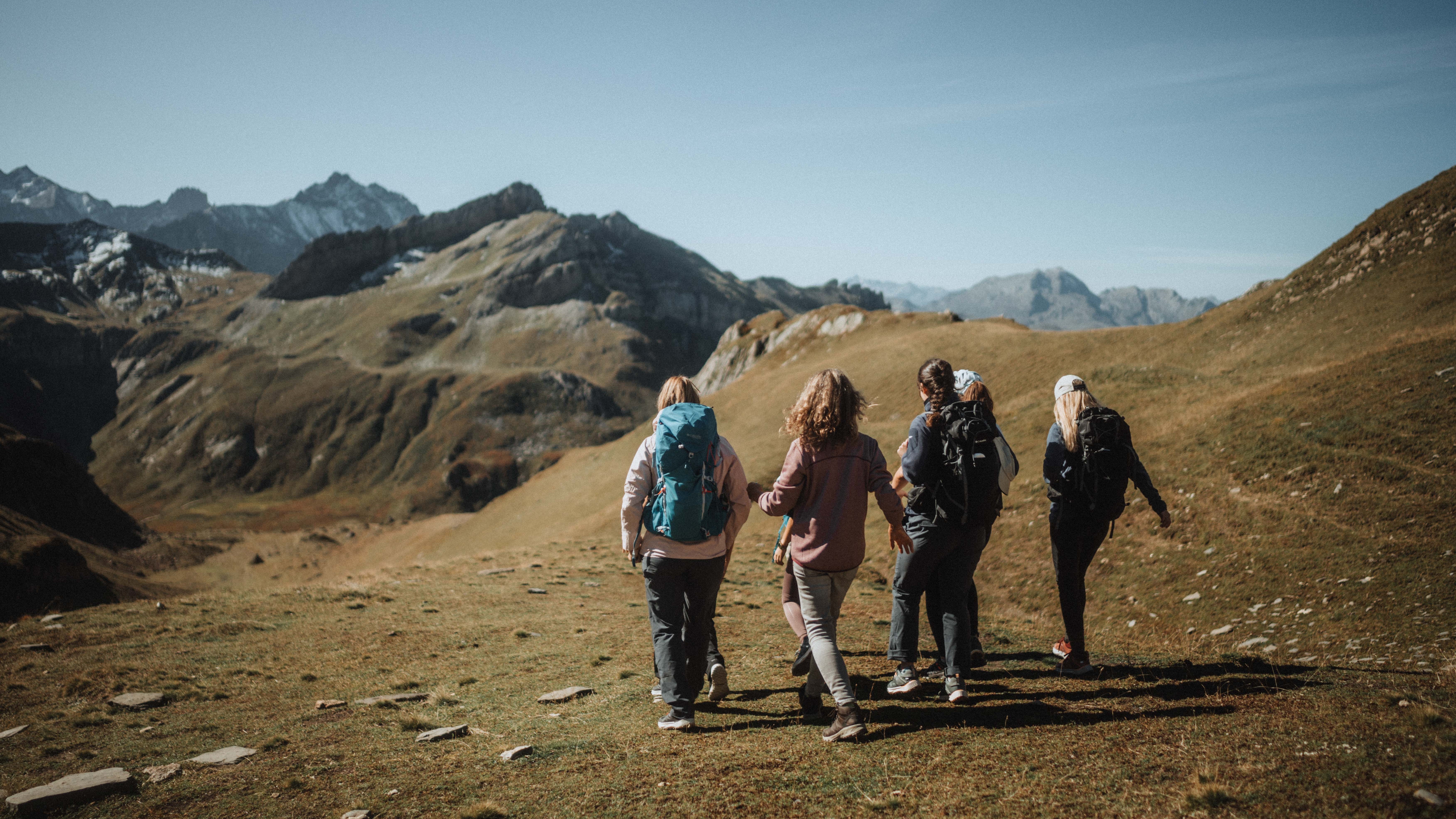
How to lower your costs
Obviously, if you want your outdoor gear to perform, and last, you want those technical bells and whistles that make for a bigger price tag, even if you don't shop the most fashionable brand. That said, there are a few things you can do to lower your costs.
1. Buy well to begin with
Spending $400 on a waterproof jacket might seem insane, but if it lasts you for 20 years, maybe it’s not that nuts. If, on the other hand, you find a budget jacket for $60 that you need to replace every two years, you’ll quickly wish you’d bought the pricier jacket.
A commonly repeated phrase in outdoor gear is the importance of buying well to begin with. That doesn’t just mean buying good quality gear, but buying it in the right size and not your desired size, in a design that suits your activities and a color that you’re not likely to grow out of love with (although if you’re willing to put up with less popular colors, you can find the better deals).
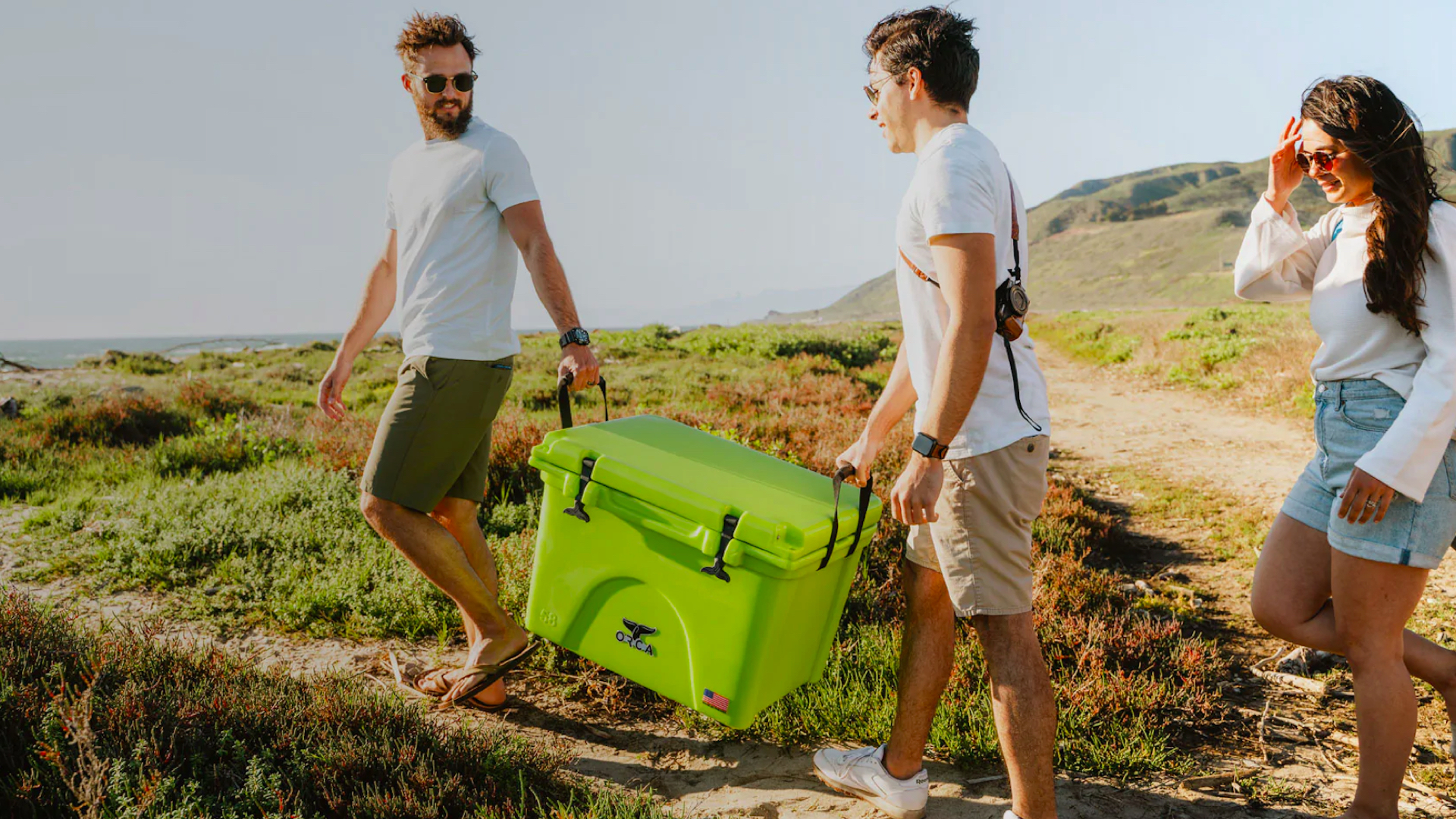
2. Be patient
If you have to buy the newest model of everything the minute it comes out, you’re going to spend more money. Practice a little patience, however, and you’ll see the price of most things come down. You can wait for sales like Black Friday and Amazon Prime Day, shop the clearance sections of shops and websites such as REI Outlet and even wait for lines to become discontinued and you can make some big savings.
3. Shop second hand
Second hand gear doesn’t have to mean trawling through thrift stores anymore – lots of brands like Arc’teryx’s ReBird program are now taking back used gear, refreshing it and selling it at more budget-friendly prices. A lot of used gear is being passed along because the previous owner ended up not needing or using it, so you can find some great prices on nearly-new equipment. Learn more in our article on how to shop for second hand outdoor gear and win.
4. Care for your gear
The best way to take care of your investment is to take really good care of your outdoor gear so you can ensure it lasts. Good quality gear should, in theory, be more durable, but it’s really up to you to prolong its life span. We’ve got a variety of articles on prolonging the lifespan of your outdoor gear, such as how to reproof a waterproof jacket, how to care for leather hiking boots and how to clean a backpack that can all help keep your gear in action for longer, which makes that initial investment less daunting. So get yourself some Nikwax and start looking after your gear.
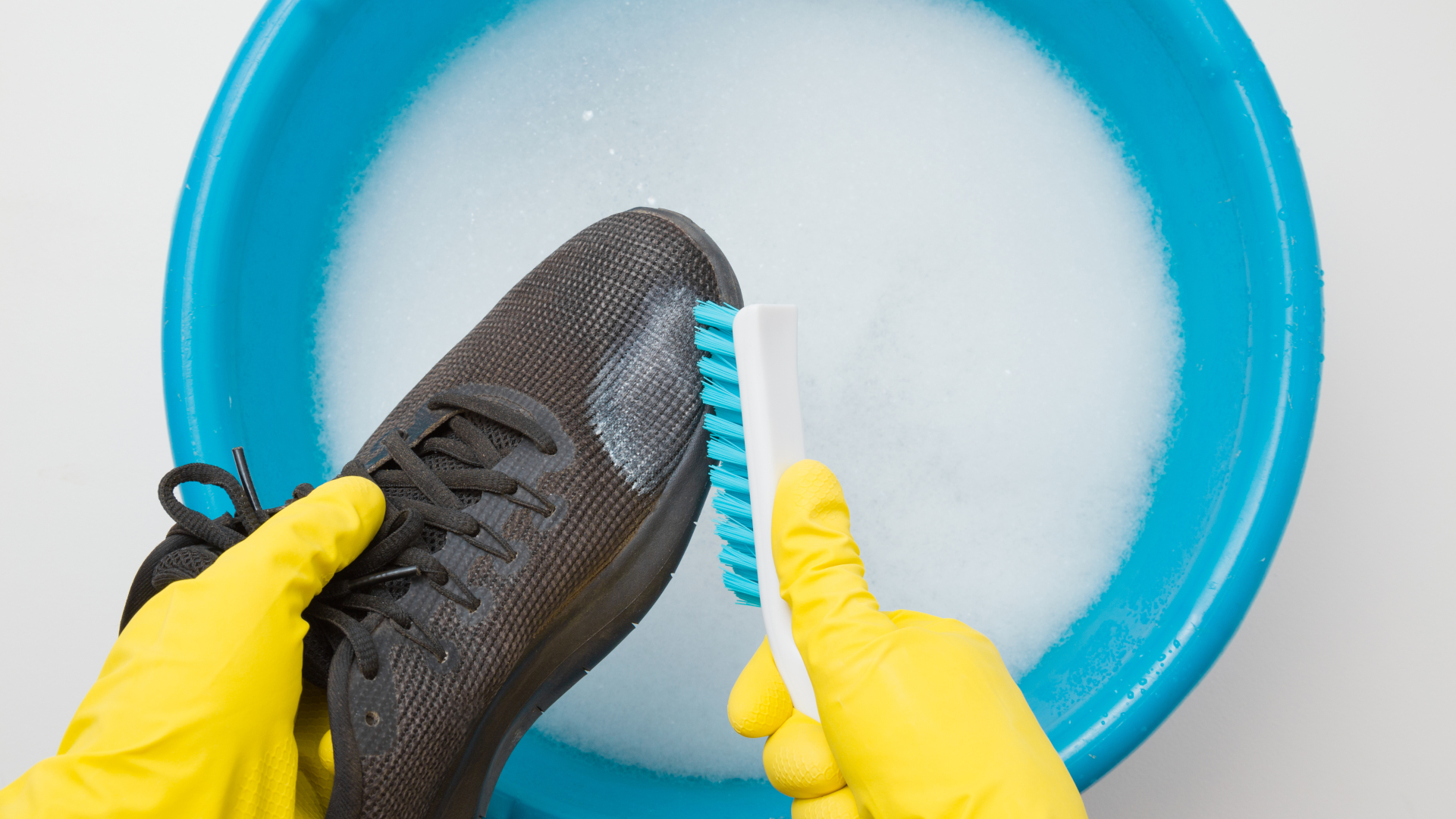
5. Know what you really need
Every brand will tell you their gear is the most technical, but not every adventure requires high-powered gear and not every garment needs to be highly technical. I know I want my sleeping bag to keep me really warm and safe during the colder months, so I’m not likely to camp in winter in a budget version, but I really don’t often go road running at night in winter, and when I do, I’m never more than about 5k from home, so I’m perfectly happy with my super affordable Decathlon reflective running gear.
If you’re just going for the occasional day hike, you probably can hike in gym clothes and wear sneakers so long as the terrain and conditions aren’t extreme. Figure out when the gear you’re investing in might need to save your life, and when you can wear something you already own or buy a generic model.
Julia Clarke is a staff writer for Advnture.com and the author of the book Restorative Yoga for Beginners. She loves to explore mountains on foot, bike, skis and belay and then recover on the the yoga mat. Julia graduated with a degree in journalism in 2004 and spent eight years working as a radio presenter in Kansas City, Vermont, Boston and New York City before discovering the joys of the Rocky Mountains. She then detoured west to Colorado and enjoyed 11 years teaching yoga in Vail before returning to her hometown of Glasgow, Scotland in 2020 to focus on family and writing.

